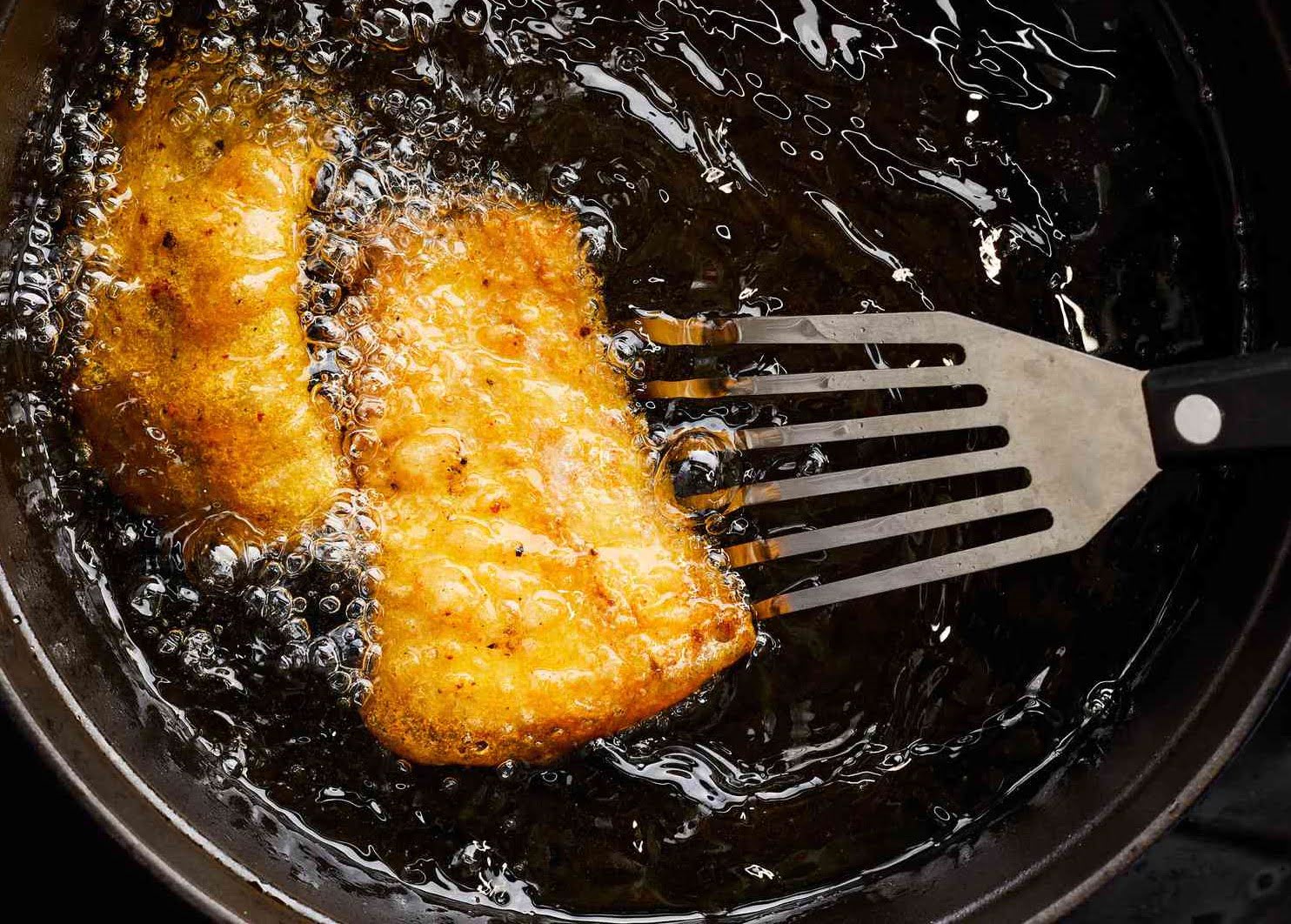

Articles
How To Deep Fry In An Electric Skillet
Modified: October 27, 2024
Learn how to deep fry delicious foods using an electric skillet with our informative articles. Enhance your cooking skills and create mouthwatering dishes today.
(Many of the links in this article redirect to a specific reviewed product. Your purchase of these products through affiliate links helps to generate commission for Storables.com, at no extra cost. Learn more)
Introduction
Deep frying is a popular cooking method that can transform ordinary foods into crispy and delicious indulgences. While traditionally done in a large pot or fryer, deep frying can also be easily accomplished using an electric skillet. Whether you want to make golden french fries, crispy chicken wings, or even tasty donuts, mastering the technique of deep frying in an electric skillet can elevate your culinary skills to new heights.
In this article, we will guide you through the process of deep frying in an electric skillet, from selecting the oil to cleaning and maintaining your skillet. By following these steps and tips, you’ll be able to achieve perfectly fried foods every time.
Before we dive into the details, it’s important to note that safety should always be a top priority when deep frying. Make sure to read the instructions of your electric skillet and follow the manufacturer’s guidelines. Be cautious of hot oil and take necessary precautions to prevent accidents.
Now, let’s get started on our deep frying adventure with an electric skillet!
Key Takeaways:
- Elevate your culinary skills with perfectly fried dishes using an electric skillet. From oil selection to temperature monitoring, follow these steps for crispy, golden results every time.
- Ensure the longevity of your electric skillet by following proper cleaning and maintenance practices. With the right care, enjoy delicious deep-fried dishes for years to come.
Read also: 12 Best Deep Electric Skillet for 2025
Preparing the Electric Skillet
Before you start deep frying with your electric skillet, it’s crucial to properly prepare it to ensure optimal cooking conditions. Here are the steps to follow:
- Ensure cleanliness: Start by cleaning the electric skillet thoroughly. Remove any food residue or grease from previous cooking sessions. Use warm soapy water and a soft sponge to clean the interior and exterior of the skillet. Rinse it well and dry it completely before use.
- Attach the temperature control: Most electric skillets come with a detachable temperature control unit. Follow the manufacturer’s instructions to securely attach it to the skillet. Make sure the control unit is properly connected and functioning before proceeding.
- Check the power cord: Inspect the power cord for any signs of damage. If you notice any frayed wires or exposed areas, do not use the skillet until it has been repaired or replaced. Safety should always come first.
- Place the skillet on a stable surface: Find a flat and stable surface in your kitchen to place the electric skillet. Avoid placing it near any flammable objects or materials, as deep frying involves hot oil and carries a fire risk.
- Ensure proper ventilation: Deep frying can generate a significant amount of smoke and odor. To minimize these effects, make sure your kitchen is well-ventilated. Open windows or turn on the ventilation hood to allow the smoke and odor to escape.
By following these steps to prepare your electric skillet, you will create a safe and suitable environment for deep frying. Once your skillet is clean, connected, and in the right location, you’re ready to move on to the next step: selecting the oil.
Selecting the Oil
The choice of oil for deep frying plays a crucial role in achieving the perfect texture and flavor of your fried foods. Here are some factors to consider when selecting the oil for your electric skillet:
- Smoke point: The smoke point of an oil is the temperature at which it starts to break down and produce smoke. It’s important to choose an oil with a high smoke point to prevent it from burning and imparting a bitter taste to your food. Some oils with high smoke points include vegetable oil, canola oil, peanut oil, and sunflower oil.
- Flavor: Different oils have distinct flavors that can influence the taste of your fried foods. If you prefer a neutral flavor, vegetable or canola oil are good choices. On the other hand, if you want a slight nutty taste, consider using peanut oil. Experiment with different oils to find the flavor that best complements your dish.
- Health considerations: When deep frying, it’s important to be mindful of the health aspects associated with the oils you choose. Some oils, like vegetable and canola oil, are considered healthier options due to their lower saturated fat content. If health is a concern, opt for these oils instead of ones with higher saturated fat content, such as coconut oil or lard.
- Availability and affordability: Consider the availability and cost of the oil as well. Opt for oils that are easily accessible and fit within your budget. It’s also worth noting that some oils can be reused multiple times, potentially saving you money in the long run.
Ultimately, the choice of oil depends on your personal preferences, dietary restrictions, and the dish you’re preparing. It’s worth experimenting with different oils to discover the ones that yield the best results for your deep frying adventures in the electric skillet.
Now that you have selected the oil, let’s move on to the next step: preheating the electric skillet.
Preheating the Electric Skillet
Preheating the electric skillet is an essential step to ensure that the oil reaches the optimal temperature for deep frying. Proper preheating allows the food to cook evenly and prevents it from becoming greasy or soggy. Here’s how to preheat your electric skillet:
- Add the oil: Start by adding the desired amount of oil to the skillet. The amount of oil will depend on the size of your skillet and the quantity of food you are frying. Make sure to leave enough space for the food to expand as it cooks.
- Set the temperature: Turn on the electric skillet and set the temperature to the recommended level for deep frying. Typically, this is around 350°F to 375°F (175°C to 190°C). Refer to the manual of your electric skillet for specific temperature guidelines.
- Allow preheating time: Give the skillet time to heat up to the desired temperature. The preheating process usually takes about 10 to 15 minutes, depending on the model of your electric skillet. Keep an eye on the temperature indicator on the control unit to ensure it reaches the desired level.
- Use a thermometer: For precise temperature control, it’s recommended to use a cooking thermometer to monitor the oil temperature. This will help you adjust the heat settings if needed and prevent overheating or undercooking your food.
- Test the oil: To check if the oil is properly preheated, you can perform a simple test. Carefully drop a small piece of bread or a cube of bread into the hot oil. If the bread turns golden brown within a few seconds, the oil is ready for deep frying. If the bread quickly turns dark or doesn’t sizzle, allow the oil to heat for a bit longer.
By following these steps to preheat your electric skillet, you ensure that the oil reaches the right temperature for optimal deep frying results. Now that your skillet is preheated and ready, let’s move on to the next step: preparing the food for deep frying.
Preparing the Food for Deep Frying
Before immersing your food into the hot oil, it’s important to properly prepare it to ensure delicious and evenly cooked results. Here are some steps to follow when preparing food for deep frying:
- Cut or portion the food: Depending on the dish you’re preparing, you may need to cut or portion the food into appropriate sizes. For example, if you’re deep frying chicken wings, you may want to separate them at the joint to ensure they cook evenly.
- Pat the food dry: Moisture can interfere with the frying process and lead to splattering or uneven cooking. Use paper towels or a clean kitchen towel to pat the food dry before frying. This step is especially important for foods that have been marinated or coated in a wet batter.
- Season the food: Season the food with salt, pepper, spices, or any other desired seasonings. This will enhance the flavor of your deep fried dish. You can season the food just before frying or marinate it beforehand to infuse the flavors.
- Dredge or coat the food: Depending on the recipe, you may need to coat the food in a layer of flour, breadcrumbs, batter, or a combination of these. The coating helps to create a crispy texture and can provide additional flavor. Follow the recipe instructions for the specific coating method.
- Arrange the food for frying: Place the prepared food on a clean plate or tray, ready for frying. Ensure that the pieces are not touching each other to allow for even cooking and prevent them from sticking together.
By properly preparing the food, you set the stage for a successful deep frying experience. Once your food is ready, it’s time to move on to the exciting part: deep frying in the electric skillet!
Steps to Deep Fry in an Electric Skillet
Now that you have preheated your electric skillet and prepared the food, it’s time to dive into the process of deep frying. Follow these steps to achieve crispy, golden results:
- Lower the food into the oil: Carefully lower the prepared food into the hot oil using tongs or a slotted spoon. Be cautious to avoid any splashing or dropping, as hot oil can cause burns.
- Avoid overcrowding: Avoid overcrowding the skillet, as this can lead to uneven cooking and a decrease in the oil temperature. Fry the food in small batches to ensure that each piece has enough space to cook evenly.
- Monitor the cooking time: Keep an eye on the cooking time indicated in your recipe. Different foods require different cooking times, so follow the instructions provided. Use a timer to ensure accuracy.
- Flip or turn the food: During the frying process, you may need to flip or turn the food to ensure even browning and cooking on all sides. Use tongs or a slotted spoon to gently turn the food while taking care not to splash hot oil.
- Keep the temperature consistent: Maintain a consistent temperature throughout the frying process. If the oil temperature drops too low, the food will absorb more oil and become greasy. If the temperature is too high, the food may burn on the outside while remaining undercooked on the inside.
- Adjust the heat if necessary: If you notice that the food is browning too quickly or not cooking evenly, you can adjust the heat setting on your electric skillet. Lower the heat slightly if the food is browning too fast, or increase it if the food is taking too long to cook.
- Use a slotted spoon to remove the food: Once the food reaches a golden brown color and is cooked to your desired level of doneness, carefully remove it from the skillet using a slotted spoon or tongs. Allow any excess oil to drip off before transferring the fried food to a paper towel-lined plate or wire rack to drain.
Following these steps will help you achieve perfectly crispy and delicious deep-fried food using your electric skillet. However, the frying process is not complete without the next important step: monitoring the temperature.
When deep frying in an electric skillet, make sure to use an oil with a high smoke point, such as vegetable or peanut oil, to prevent the oil from burning and imparting a bitter flavor to the food.
Monitoring the Temperature
Monitoring the temperature of the oil is crucial for obtaining the best deep frying results. Maintaining the proper temperature ensures that the food cooks evenly, achieves a crispy texture, and minimizes oil absorption. Here are some tips for effectively monitoring the temperature:
- Use a cooking thermometer: A cooking thermometer is an essential tool for accurate temperature measurement. Insert the thermometer into the oil, making sure to avoid contact with the skillet or the food. The thermometer will provide an accurate reading of the oil temperature.
- Check the temperature intermittently: Throughout the frying process, check the temperature of the oil intermittently. The oil temperature may fluctuate due to factors such as adding food, adjusting the heat, or natural heat loss. Maintain the temperature within the recommended range to ensure optimal frying conditions.
- Adjust the heat as needed: If the oil temperature deviates from the desired range, make necessary adjustments to the heat settings on your electric skillet. Increase the heat if the temperature is too low, and decrease it if the temperature is too high. Aim for consistency in temperature to achieve evenly fried results.
- Be mindful of oil temperature changes: When adding food to the skillet, the temperature of the oil may drop temporarily due to heat transfer. Adjust the heat accordingly to bring it back to the desired range. Avoid overcompensating by increasing the heat excessively, as this can lead to excessively high temperatures and burning.
- Maintain proper preheating time: Preheating the electric skillet for an adequate amount of time ensures that the oil reaches the desired temperature before adding the food. Following the recommended preheating time allows for a smoother frying process and minimizes fluctuations in oil temperature.
By closely monitoring the temperature throughout the frying process, you’ll be able to achieve consistent and delicious results with your deep-fried dishes. Once the food is cooked to perfection, it’s time to move on to the next step: removing and draining the deep-fried food.
Removing and Draining the Deep Fried Food
After the deep-fried food has reached the desired level of doneness, it’s important to remove it from the oil and allow it to drain properly. Properly draining the food helps to remove excess oil and ensure a crispy texture. Follow these steps to remove and drain your deep-fried food:
- Use a slotted spoon or tongs: Carefully remove the deep-fried food from the skillet using a slotted spoon or tongs. Shake off any excess oil as you lift the food out of the skillet. This allows the oil to drain away from the food.
- Place on a paper towel-lined plate: Transfer the fried food to a plate lined with paper towels. The paper towels will absorb any remaining oil and help to further drain the food. Arrange the food in a single layer to prevent them from becoming soggy or sticking together.
- Allow the food to rest: Let the deep-fried food rest on the paper towels for a few minutes. This short resting period allows any excess oil to be absorbed, resulting in a crispier and less greasy final product.
- Blot with paper towels: Gently blot the top of the deep-fried food with additional paper towels to remove any remaining oil on the surface. This step helps to enhance the overall texture and presentation of the dish.
- Transfer to a wire rack: For added crispness, you can transfer your deep-fried food from the paper towel-lined plate to a wire rack. The wire rack allows air to circulate around the food, preventing it from becoming soggy on the bottom. This is especially beneficial for foods that release moisture when cooling, such as fried chicken.
By following these steps to remove and drain your deep-fried food properly, you’ll achieve a delicious and crispy result. Now that your food is ready to be enjoyed, it’s time to clean and maintain your electric skillet for future use.
Tips for Successful Deep Frying
Deep frying can be a rewarding cooking technique when done correctly. To help you achieve the best results and make your deep frying experience a success, here are some valuable tips to keep in mind:
- Monitor the oil temperature: Consistently monitor the oil temperature to ensure that it stays within the recommended range. This helps prevent undercooking or overcooking the food and ensures a crispy texture.
- Preheat the skillet adequately: Properly preheat the electric skillet to ensure that the oil reaches the desired temperature before adding the food. This ensures even cooking and prevents the food from absorbing excess oil.
- Avoid overcrowding the skillet: Fry the food in small batches, leaving enough space for each piece to cook evenly. Overcrowding the skillet can lead to uneven cooking and a decrease in oil temperature.
- Use a slotted spoon or tongs: When removing the deep-fried food from the skillet, use a slotted spoon or tongs to drain the excess oil. This helps achieve a lighter and less greasy result.
- Season the food before frying: Season the food with salt, pepper, and any desired spices or herbs before adding it to the hot oil. This allows the flavors to penetrate the food and enhances its overall taste.
- Don’t overcrowd your plate: When serving deep-fried food, try not to overcrowd your plate. Arrange the food neatly to preserve its crispiness and prevent it from becoming soggy.
- Experiment with coatings: Feel free to experiment with different coatings for your deep-fried dishes. Try using different types of flour, breadcrumbs, or even crushed cereal to add texture and flavor to your fried foods.
- Properly dispose of the used oil: Once you have finished deep frying, allow the oil to cool completely before disposing of it. Never pour hot oil down the drain, as it can cause clogs. Most local recycling centers or waste disposal facilities have specific guidelines for disposing of cooking oil, so be sure to follow them.
- Safety first: Deep frying involves working with hot oil, so always prioritize safety. Use protective oven mitts or gloves to handle the electric skillet, and be cautious of hot oil splatters. Keep a fire extinguisher nearby in case of any kitchen mishaps.
By following these tips, you’ll be well-equipped to achieve successful and delicious deep-fried dishes every time you use your electric skillet. Happy frying!
Read more: How To Fry Hamburgers In A Electric Skillet
Cleaning and Maintenance of the Electric Skillet
Proper cleaning and maintenance of your electric skillet are essential for its longevity and optimal performance. Follow these steps to keep your skillet in top shape:
- Cool down the skillet: After use, allow the electric skillet to cool down completely before attempting to clean it. This will prevent any accidental burns and make the cleaning process safer.
- Detach the temperature control: Before cleaning, detach the temperature control unit from the electric skillet according to the manufacturer’s instructions. Some models may have a separate power cord that you can unplug as well.
- Hand wash the skillet: Using warm soapy water, gently hand wash the electric skillet. Avoid immersing the entire unit in water, as this can damage the electrical components. Instead, wipe the interior and exterior of the skillet with a soft sponge or cloth. Rinse it well to remove any soap residue.
- Remove stubborn stains: If there are any stubborn stains or food residue, you can use a non-abrasive sponge or a soft brush to gently scrub the affected areas. Avoid using harsh abrasives or scouring pads, as they can scratch the skillet’s surface.
- Dry it thoroughly: After cleaning, ensure that the electric skillet is completely dry. Use a towel or allow it to air dry before reassembling and storing it. Moisture can cause rust or damage to the skillet, so proper drying is important.
- Reassemble the skillet: Once the skillet is dry, reattach the temperature control unit according to the manufacturer’s instructions. Make sure all connections are secure.
- Store properly: Store the electric skillet in a clean and dry place. Protect the surface by placing a cloth or mat between the skillet and other cookware or utensils to prevent scratching.
- Regular maintenance: Regularly check the power cord and temperature control unit for any signs of wear or damage. If you notice any issues, contact the manufacturer for a replacement or professional repair.
- Follow manufacturer’s guidelines: Always refer to the specific cleaning and maintenance instructions provided by the manufacturer of your electric skillet. They may have additional recommendations or precautions to ensure the longevity and safe use of the skillet.
By following these cleaning and maintenance practices, you can enjoy your electric skillet for years to come, ensuring it remains in good condition and continues to serve you well in the kitchen.
Conclusion
Deep frying in an electric skillet can elevate your culinary skills and help you create delicious crispy dishes right in your own kitchen. With the right preparation, temperature control, and cooking techniques, you can achieve golden and perfectly fried results every time.
In this article, we have covered the essential steps and tips for successful deep frying in an electric skillet. From preparing the skillet and selecting the right oil to monitoring the temperature and properly draining the food, each step plays a crucial role in achieving the best possible outcome.
Additionally, we have provided tips for maintaining and cleaning your electric skillet, ensuring its longevity and optimal performance. By following proper cleaning protocols and regular maintenance, you can continue to enjoy the benefits of your electric skillet for years to come.
Remember, safety should always be a priority when deep frying. Always follow the manufacturer’s instructions and take necessary precautions to prevent accidents and injuries.
So, get ready to impress your family and friends with perfectly fried foods that will tantalize their taste buds. With practice and a little creativity, you can take your deep frying skills to the next level and become a master of this indulgent cooking technique.
Now, it’s time to fire up your electric skillet, gather your favorite ingredients, and embark on a culinary journey filled with crispy goodness!
Frequently Asked Questions about How To Deep Fry In An Electric Skillet
Was this page helpful?
At Storables.com, we guarantee accurate and reliable information. Our content, validated by Expert Board Contributors, is crafted following stringent Editorial Policies. We're committed to providing you with well-researched, expert-backed insights for all your informational needs.
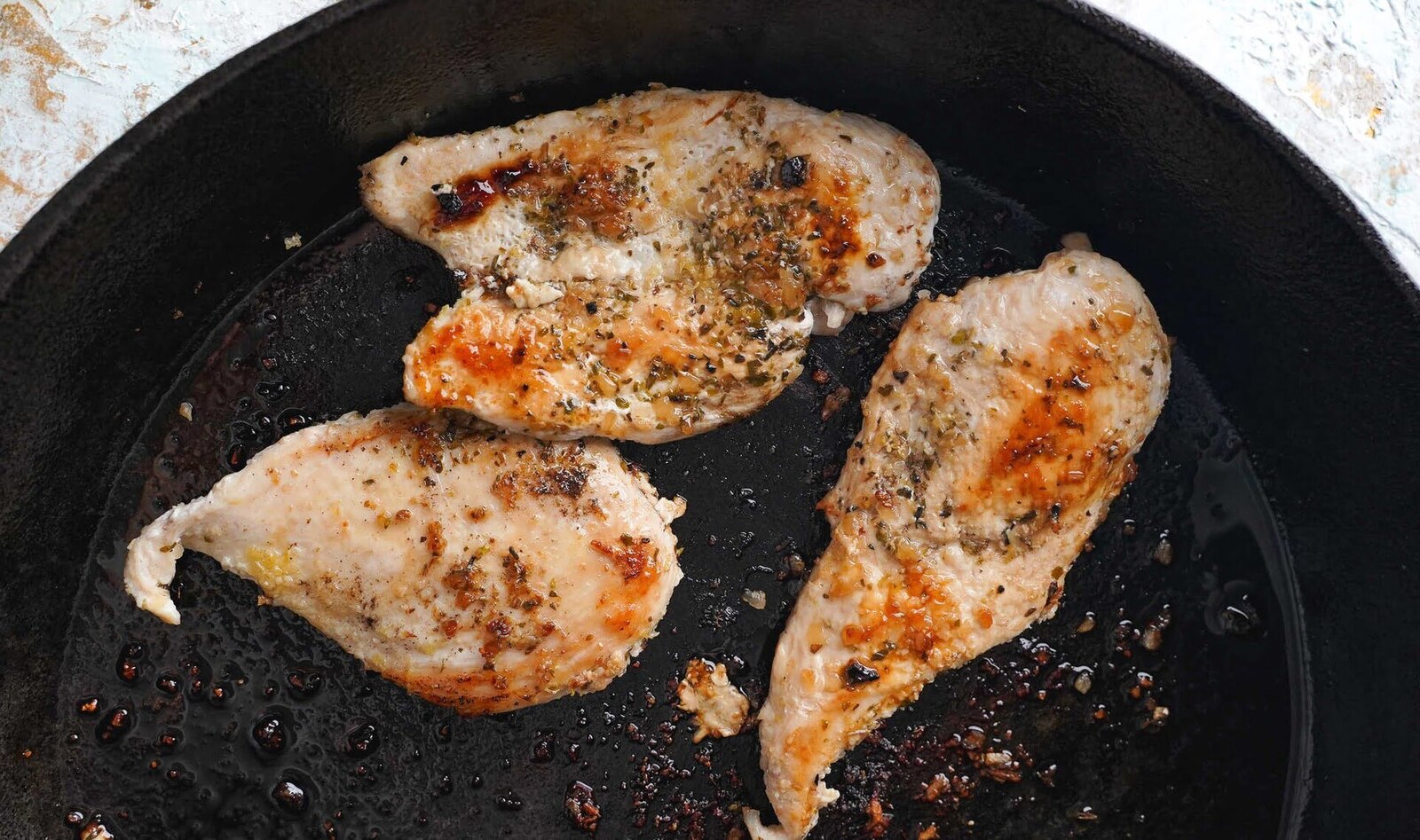

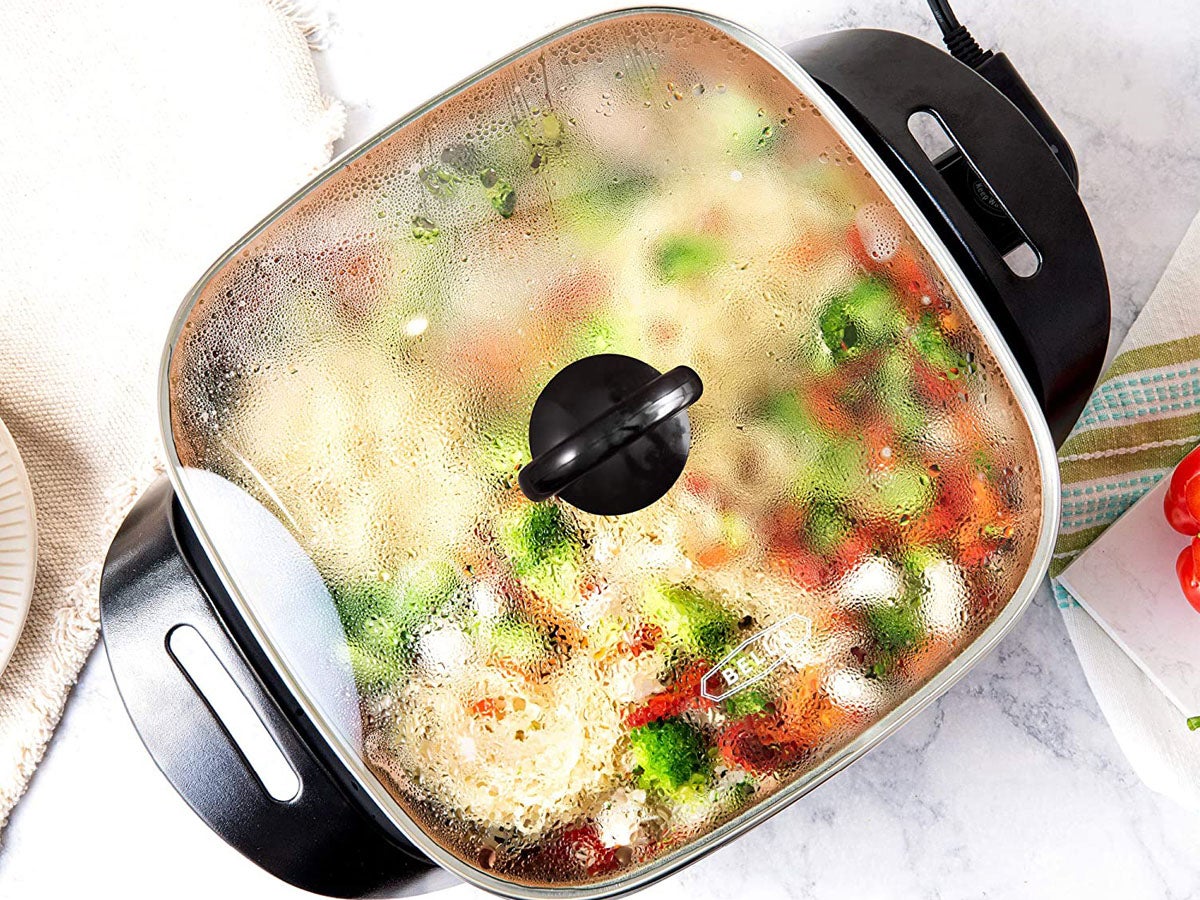

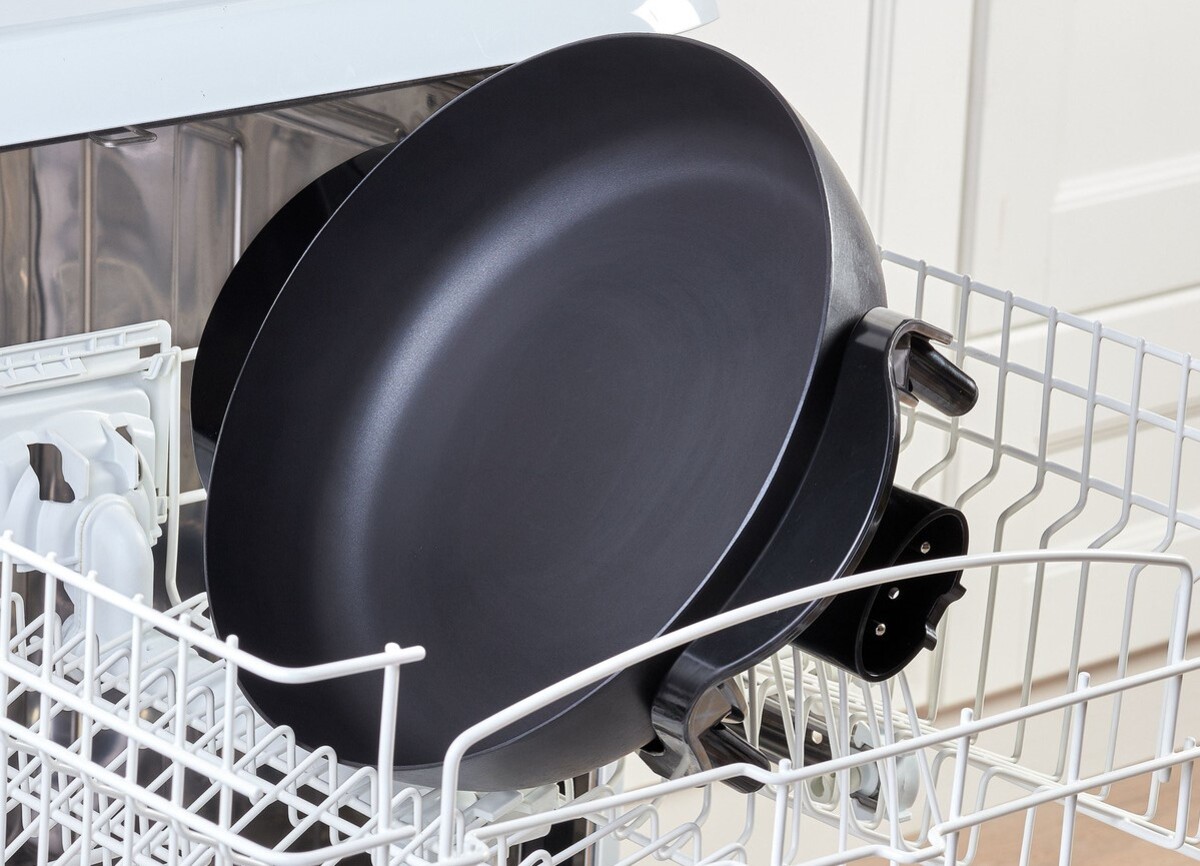
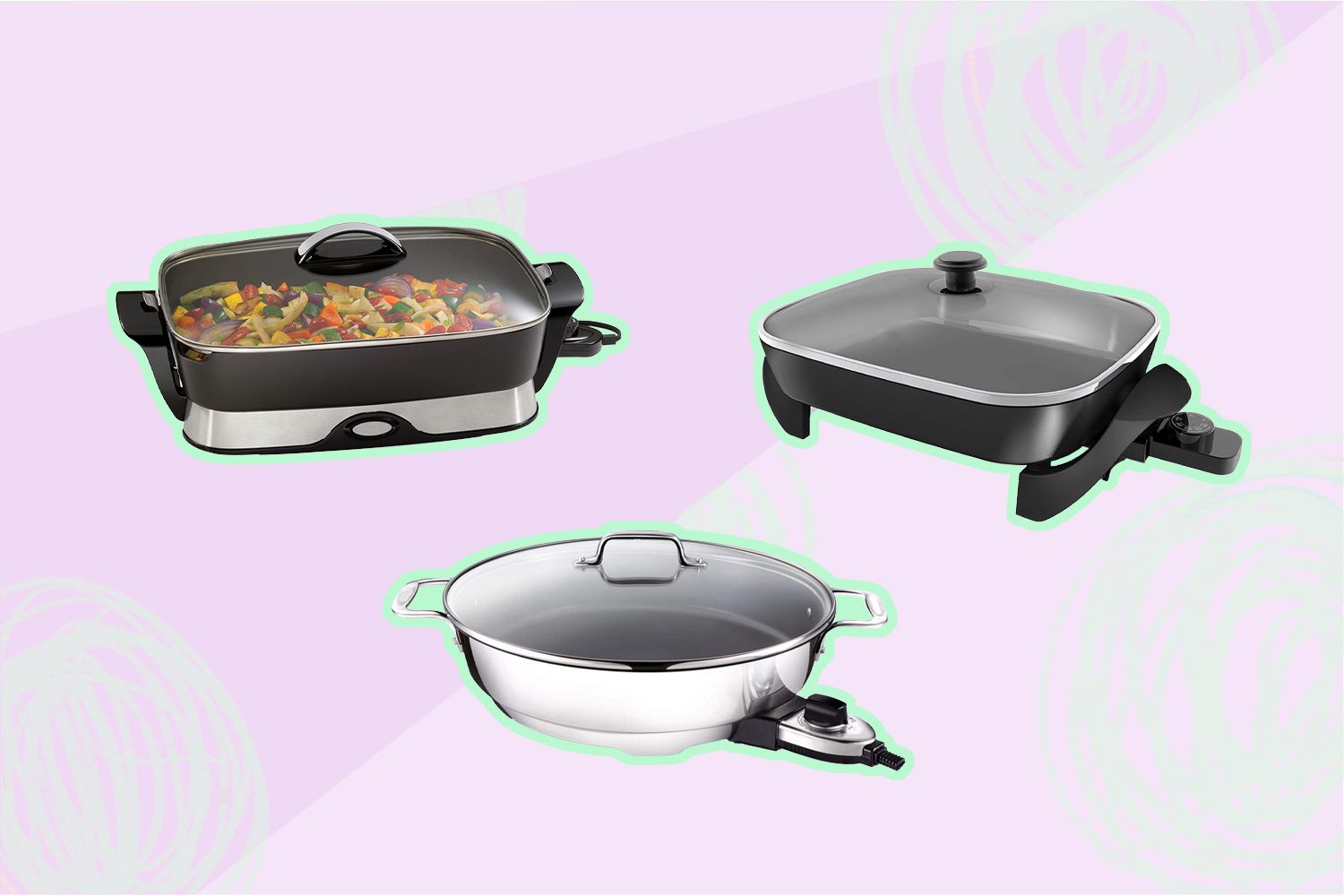

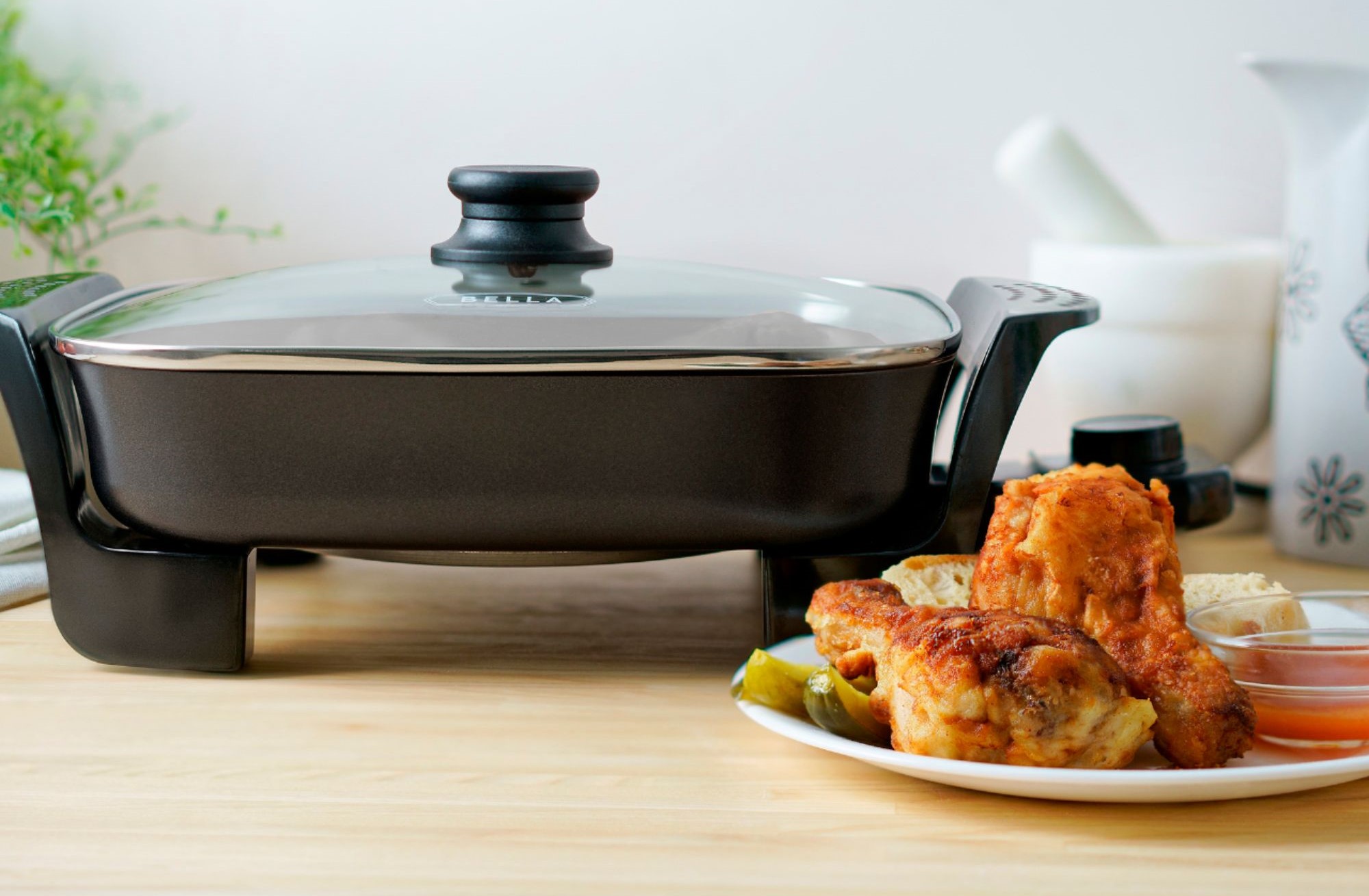
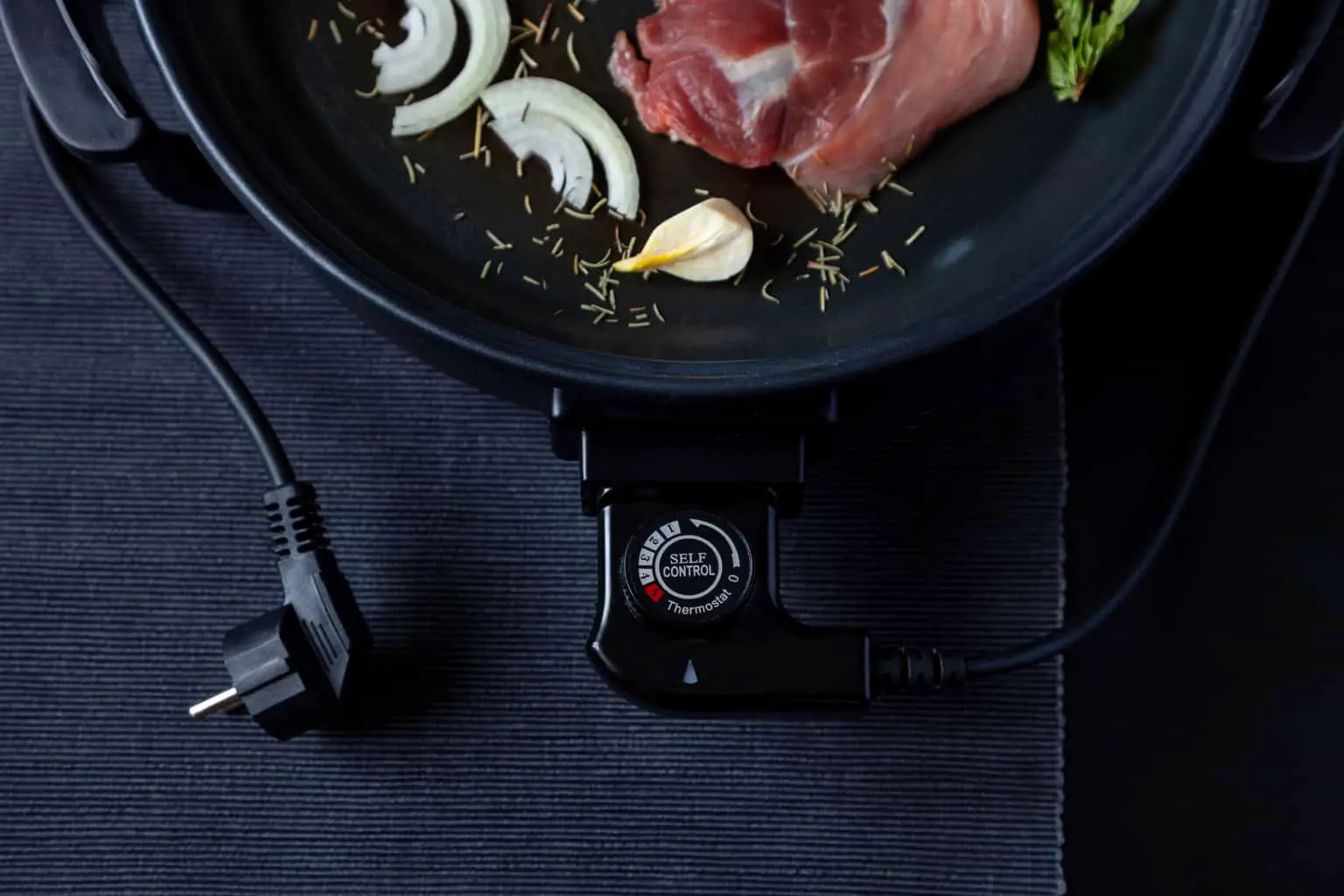
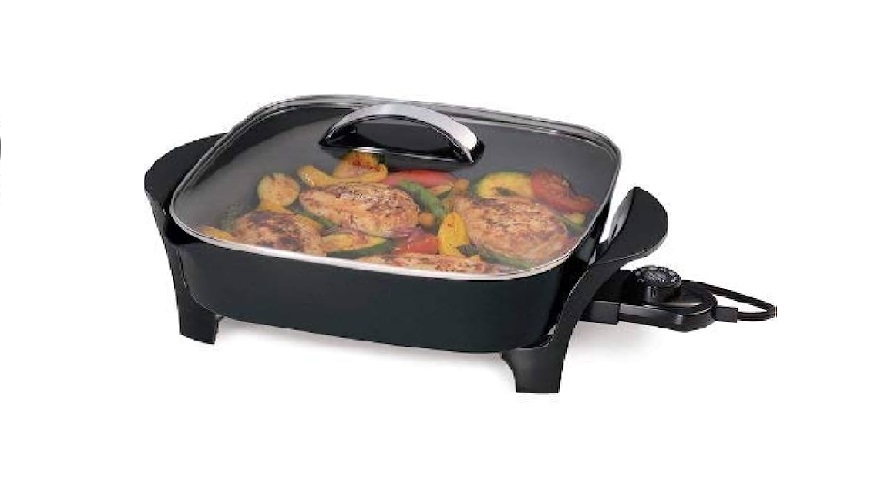
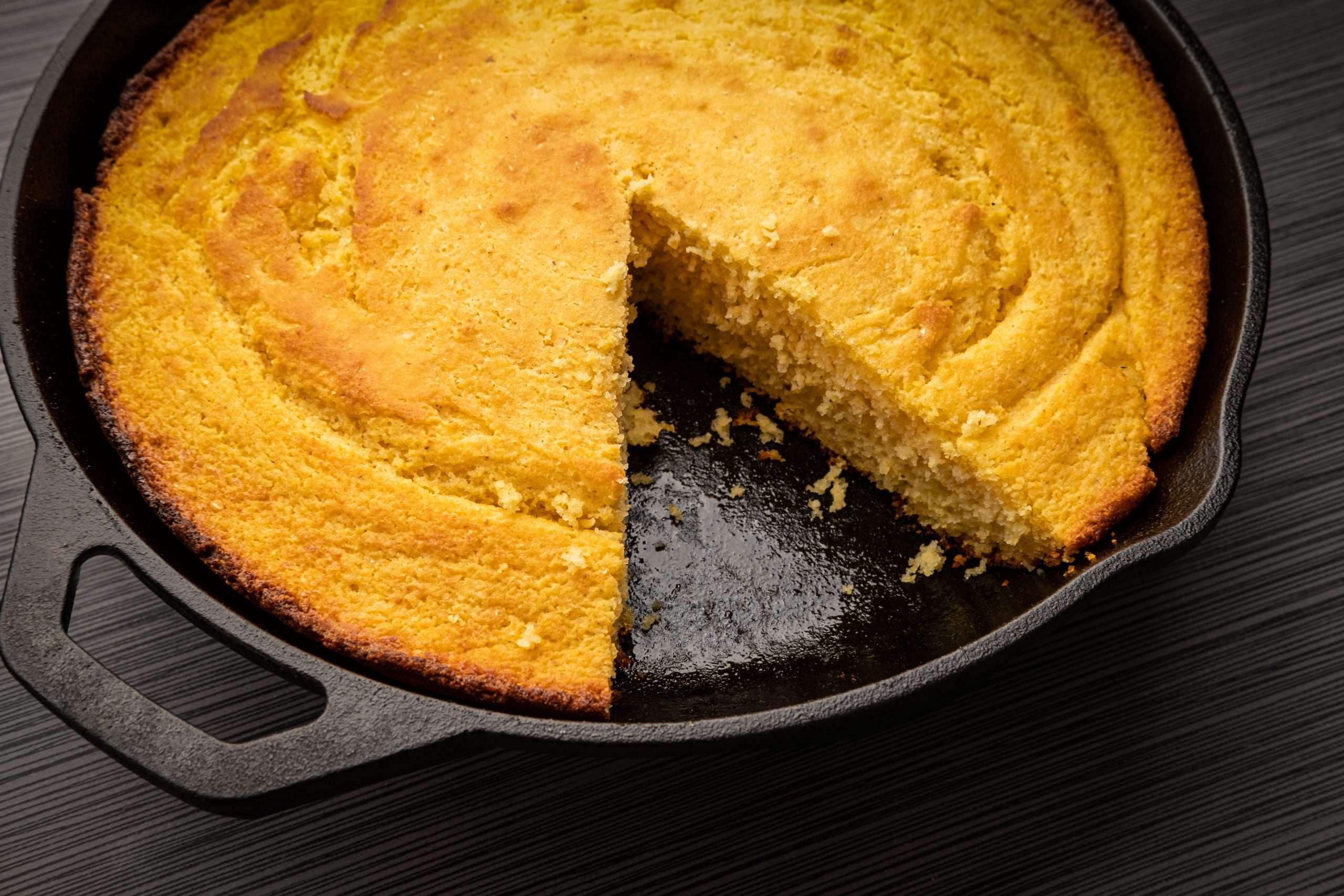
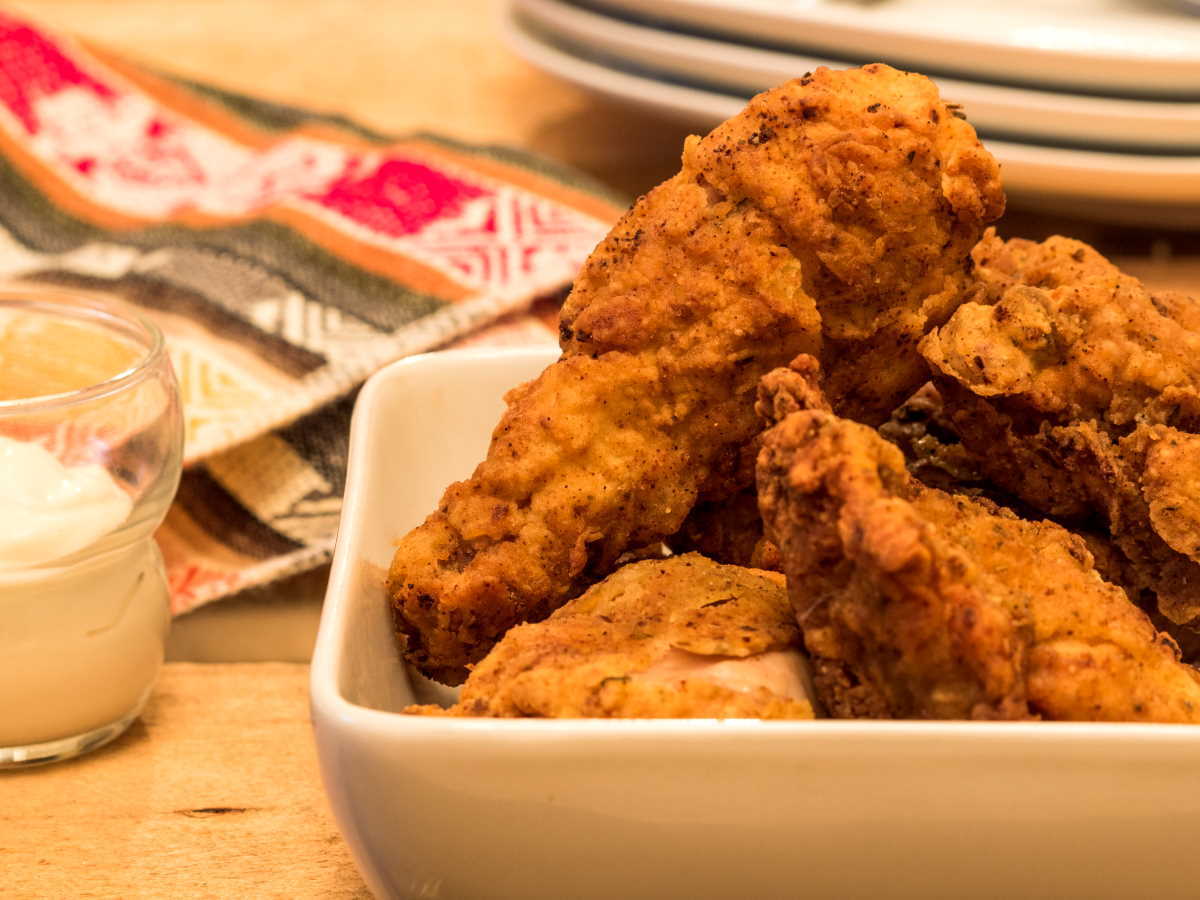
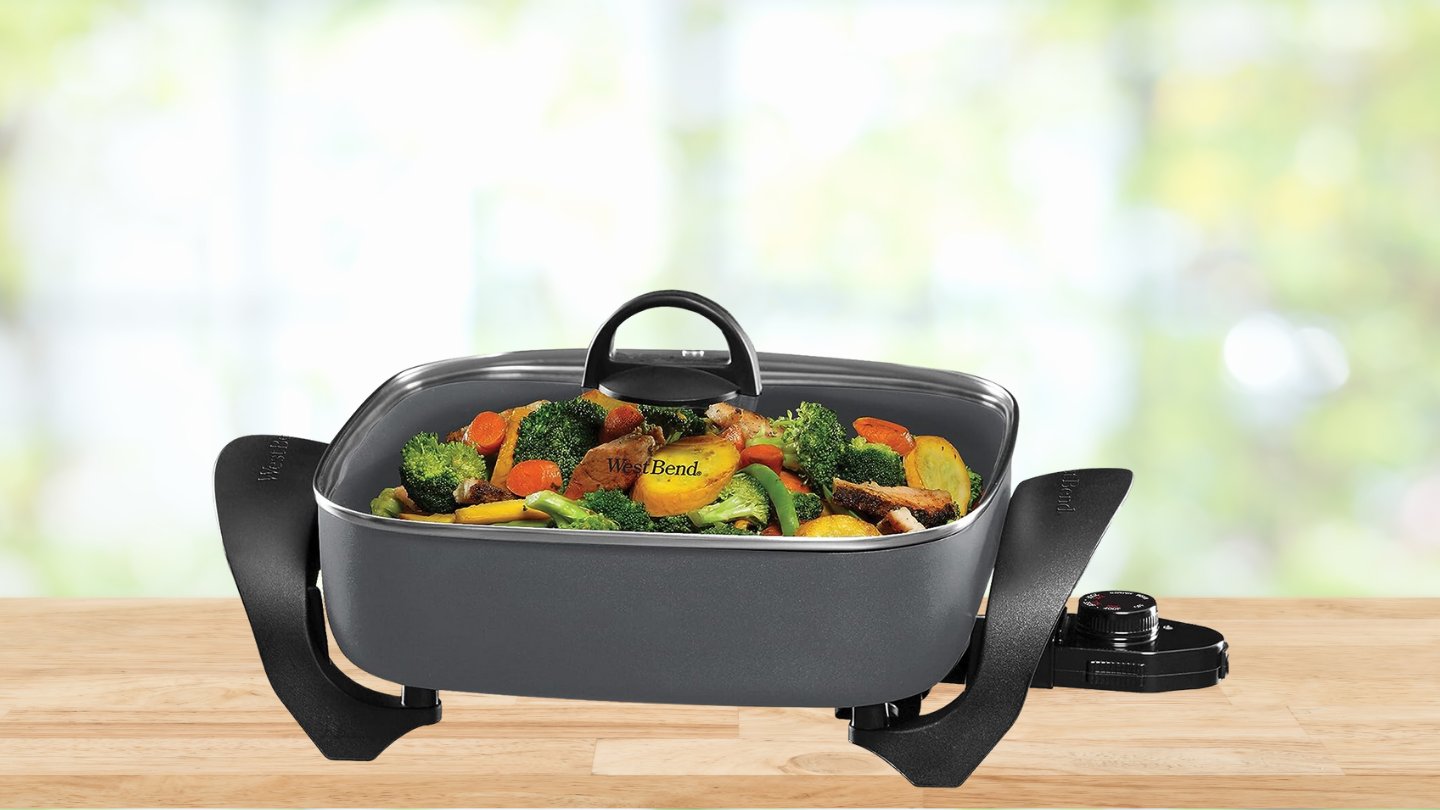

0 thoughts on “How To Deep Fry In An Electric Skillet”